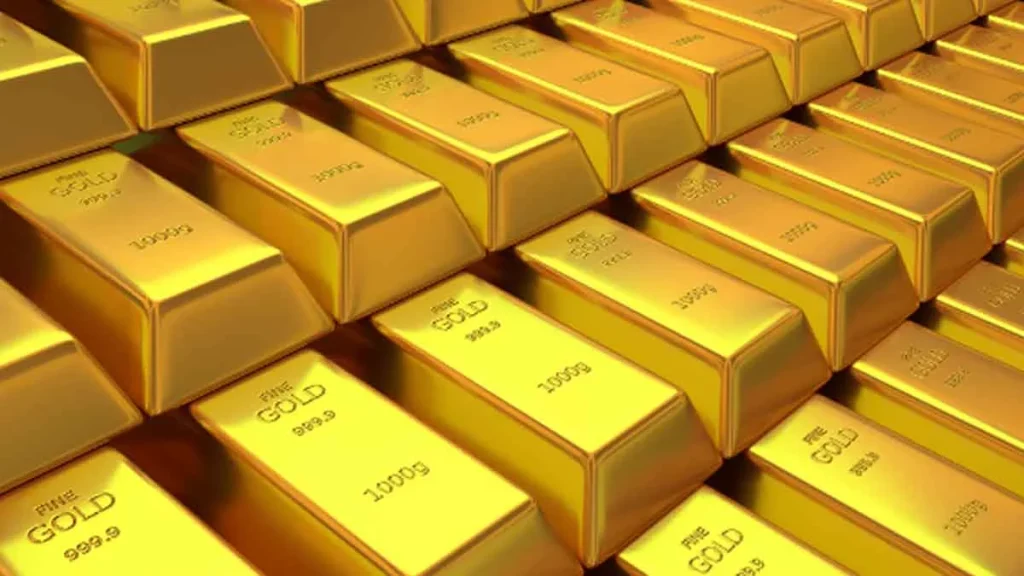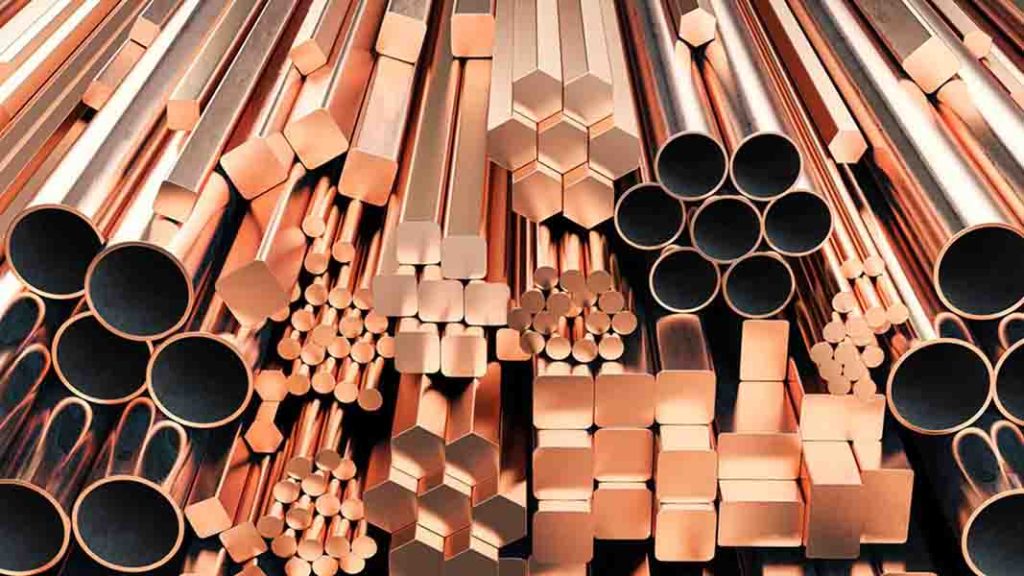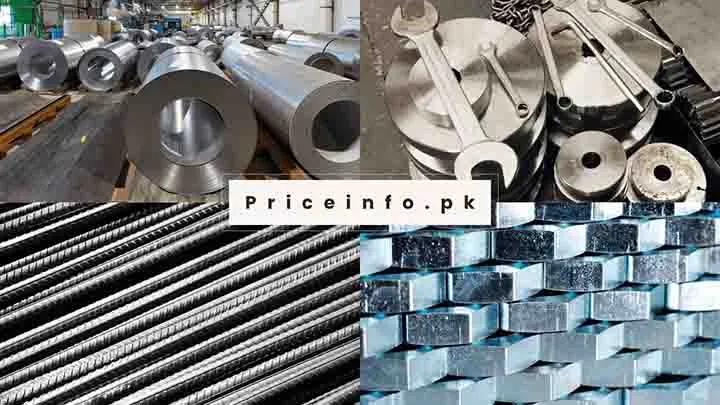Today’s Silver Rate in Pakistan – Chandi Prices

As of today, the silver rate in Pakistan is 3375 PKR per tola. Silver prices vary depending on factors such as the international market price, exchange rates, and local economic conditions. The silver rate has seen fluctuating trends in recent years, reflecting global market changes and local demand. More details are discussed below:
Today’s silver rate is discussed below in the table:
Silver has long been valued for its aesthetic appeal, industrial utility, and investment potential. In Pakistan, silver is a traditional asset and a modern investment vehicle.
Over the past few decades, Pakistan has seen fluctuations in silver prices influenced by both global trends and domestic economic conditions. Similar to the gold rate in Pakistan, silver prices are impacted by currency fluctuations, particularly the Pakistani rupee (PKR) value against the US dollar (USD), as silver is globally priced in USD.
Economic challenges such as inflation, trade deficits, and political instability have periodically driven silver prices upward, with notable periods of volatility:
- 2000-2010: Moderate silver price growth driven by steady jewelry and industrial demand.
- 2011-2020: Increased volatility due to global economic crises, industrial demand shifts, and investment pattern changes.
- 2021-2024: The COVID-19 pandemic and geopolitical tensions led to significant price shifts, making everything expensive, including silver.
As of 2025, global economic tensions and local economic challenges have influenced silver prices in Pakistan. The PKR has continued to decline against the USD, driven by trade deficits, rising inflation, and financial instability. Global silver prices have remained relatively high due to continuous geopolitical tensions. It is expected that silver prices will increase steadily, as per previous inflation records.
Silver rate in Pakistan involves several components that determine the final retail price:
- Spot Price: The current global silver price per ounce, serving as the base.
- Exchange Rate: The PKR/USD rate is applied to convert the global price into local currency.
- Import Duties and Taxes: Government-imposed taxes and duties on silver imports are added.
- Local Premiums: Retailers add a premium to cover costs and profit margins, which vary based on brand, craftsmanship, and market.
- Wholesale and Retail Margins: Distributors and retailers may add additional margins, influencing consumers’ final price.
Silver prices in Pakistan are influenced by a combination of global and local factors, each is crucial in determining the commodity’s valuation.
Global Silver Prices
International markets primarily determine silver prices as a globally traded commodity. Factors such as global supply and demand, mining production levels, and economic indicators like interest rates and inflation rates in major economies (e.g., the US) significantly impact silver prices in Pakistan. Additionally, investor sentiment and theoretical trading in global markets can lead to price fluctuations that show domestic changes.
Exchange Rates
The exchange rate between the PKR and USD is crucial in determining silver prices in Pakistan. A declining PKR against the USD means that more local currency is required to purchase the same amount of silver, leading to higher domestic prices. Conversely, a strengthening PKR can make silver more affordable locally, potentially reducing demand-driven price increases.
Inflation and Economic Stability
High inflation weakens the currency’s purchasing power, encouraging individuals to invest in tangible assets like silver as a barrier against inflation. Economic instability, including political or financial crises, often drives investors toward silver and gold, increasing their demand and price. Conversely, periods of economic stability and low inflation may dampen silver demand and stabilize prices.
Industrial Demand
Silver’s extensive use in industrial applications, including electronics, medical devices, and renewable energy technologies, adds another layer of demand. Growth in these sectors globally and domestically can drive up silver prices. Conversely, a slowdown in industrial growth can reduce silver demand and exert downward pressure on prices.
Government Policies and Taxes
Government interventions, including import duties, taxes on silver transactions, and policies promoting or restricting silver imports, directly affect silver prices. For example, increased import duties on silver can lead to higher retail prices, while tax incentives stimulate demand. Additionally, policies to control the trade deficit may influence silver import levels.
These factors can make it possible to differ silver rates in different major cities of Pakistan, such as Karachi, Lahore, Faisalabad, Multan, Islamabad, Gujranwala, Peshawar, Bahawalpur, Hyderabad, Sialkot, Quetta, Sargodha, etc., but this will be a minimal change as all the dealers must follow the official rates.
FAQs






